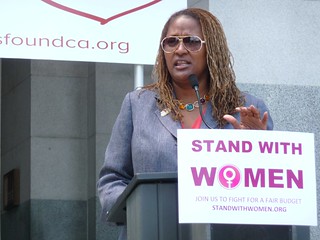What do potatoes, surfing, and Mardi Gras have in common? They represent states where leadership has made decisions demonstrating a strong commitment to rooftop solar. Over the past several months, the states of Idaho, California, and Louisiana have served as battlegrounds where the rooftop solar industry and its advocates have successfully defeated monopoly utility attempts to limit or eliminate net metering. In all three states where the battles have been waged, utility regulators and legislators’ decisions have led to the preservation of net metering. Net metering is the cornerstone solar policy that gives rooftop solar customers full retail credit for the excess energy they put back on the grid. So far the score stands at 3-0, with solar in the lead.
What do potatoes, surfing, and Mardi Gras have in common? They represent states where leadership has made decisions demonstrating a strong commitment to rooftop solar. Over the past several months, the states of Idaho, California, and Louisiana have served as battlegrounds where the rooftop solar industry and its advocates have successfully defeated monopoly utility attempts to limit or eliminate net metering. In all three states where the battles have been waged, utility regulators and legislators’ decisions have led to the preservation of net metering. Net metering is the cornerstone solar policy that gives rooftop solar customers full retail credit for the excess energy they put back on the grid. So far the score stands at 3-0, with solar in the lead.
Policies like net metering, along with innovative financing options and the fact that the cost of solar energy has dropped dramatically, has led to tremendous growth in rooftop solar installations over the past decade. This growth has come unwelcomed by utilities that see the trend as a threat to their revenue and growth.
Utilities are attempting to hinder the progress of rooftop solar by pushing legislation that limits or eliminates existing net metering policies. Utilities want to do away with net metering because they are dependent on a centralized, monopoly model that is being threatened by the emergence of rooftop solar and other forms of distributed generation.
While the rooftop solar industry has three victories under its belt, the war is not yet over. Net metering battles continue to crop up across the US, but the solar industry has history and public opinion on its side. It’s been said that utilities are like the typewriter lobby resisting modern computers. Plus, consumers want the freedom, predictability, and cost savings of rooftop solar. In a recent poll from Arizona, about 67 percent of respondents said solar is the energy source they want to encourage most.
About AB 327
As explained in a Vote Solar press release: AB 327 is “a net metering and rate reform bill that contains a number of strong provisions for distributed solar. AB 327 ensures that one of California’s most important solar consumer rights, net metering, will stay in place until at least 2016 instead of being suspended as soon as next year. It also gives the California Public Utilities Commission authority to remove caps on participation in the program altogether for the first time in California history. These changes chart the way forward toward long-term solar industry sustainability, and will help hundreds of thousands of homes, schools and businesses go solar and lower their electricity bills.”

